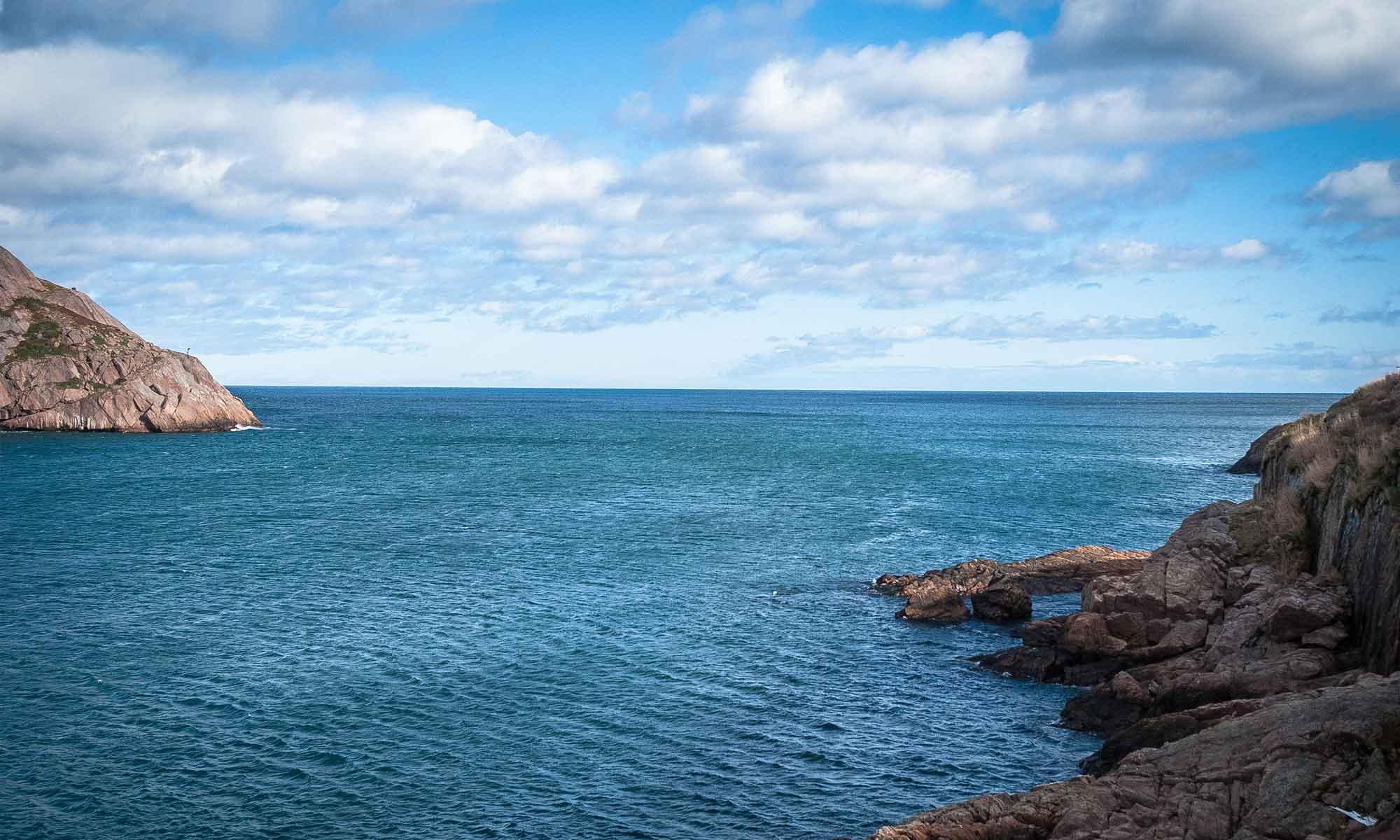Scenic And Strategic, Signal Hill Is A Newfoundland Icon
Visitors to St. John’s invariably find their way to Signal Hill. With its century-old Cabot Tower, it is probably the province’s most familiar landmark. The hill dominates the narrow entrance to the city’s harbour, and has been an important factor in Newfoundland’s history. From the heights in one direction can be viewed the broad expanse of the Atlantic Ocean with North America’s most easterly point, Cape Spear 11 km to the southeast, and the city and its harbour spread on lower slopes to the west and south. The hill has been a lookout in war and peace for centuries. It has also played a significant role in communications by flags, cannon blasts and, more recently radio.
Over a century ago, Dec. 12, 1901, from the hilltop Italian inventor Guglielmo Marconi flew a kite which was attached to an aerial linked to a radio receiver in one of the old buildings on Signal Hill. Marconi’s rig caught a signal transmitted from Poldhu in Cornwall, England. It was the first wireless signal to successfully cross an ocean, and it paved the way for a new age in radio transmissions. The achievement was commemorated with various activities in 2001 in the St. John’s area.
Before Marconi’s success, and for decades afterwards until marine radio became common, the hill’s main function was how it earned its name. Signalmen would scan the sea to the east for approaching ships. When they were identified, signal flags would be run up tall masts on the hilltop to notify the ships’ owners or agents in town of their arrival. Often, if an approaching ship was hidden by Cape Spear, the lighthouse keeper would run the signal flags up the mast there to be read at Signal Hill and relayed into town. Visitors today can view charts of the flags used at both locations and see the cubby-holes where they were stored.
According to Parks Canada, which operates the historic site, harbour defenses were concentrated at Signal Hill from the 18th century through World War II. In the summer of 1762 the French had captured St. John’s but British troops dispatched from Halifax quickly won back the town in the last battle of the Seven Years War, fought from Signal Hill. The hill’s military advantage was now obvious so the British had several fortifications built on it during the Napoleonic Wars, and their ruins can still be seen today. A Parks Canada brochure says, “The Hill was the place of ultimate retreat for the garrison at Forts William and Townsend. An impressive show of strength here in 1796 deterred a French fleet under Admiral de Richery.
“New barracks were built at the Queen’s Battery and the summit in the 1830s, and the Hill was fortified again during the American Civil War. In World War I a contingent of Newfoundland Legion of Frontiersmen manned Fort Waldegrave in the Narrows (below the Hill). During World War II, the United States maintained anti-aircraft artillery, coastal defense guns, and a mobile battery on the Hill.”
Signal Hill was also the site of three hospitals, all destroyed by fire, between 1870 and 1920. One of these, The Diphtheria and Fever Hospital, served as Marconi’s base when he received his history-making signal in 1901.
Cabot Tower at the hill’s most prominent place overlooking the Narrows was begun in 1897 to mark the 400th anniversary of John Cabot’s “discovery” of Newfoundland and also to commemorate Queen Victoria’s Diamond Jubilee. Marconi having proved the hill’s suitability for sending and receiving wireless signals, Cabot Tower became a wireless station and remained so until 1960. Today, the building houses a gift shop, exhibits of its signalling history and a HAM radio station operated by local enthusiasts.
But Signal Hill is more than Cabot Tower. Lower on the slopes is the Queen’s Battery Barracks, a remnant of the Napoleonic period, and the modern Visitor Centre where the hill’s history is interpreted through various exhibits and audio-visuals. During the summers in that area a re-enactment of 19th Century military exercises takes place known as the Signal Hill Tattoo. The hill is laced with hiking trails wending up the steep slopes from near the water’s edge at the Battery to Ladies’ Lookout at the very peak of Signal Hill itself. For shipwatchers or simply lovers of seascapes, the hill is a fine place to scan the cliffs close-in or the far horizon to capture the essence of St. John’s maritime character.
Photo credits: panorama, habour by Greg With; Cabot Tower by Daphne With.
